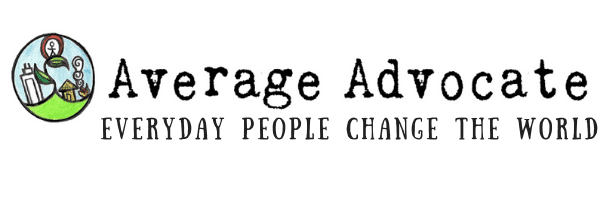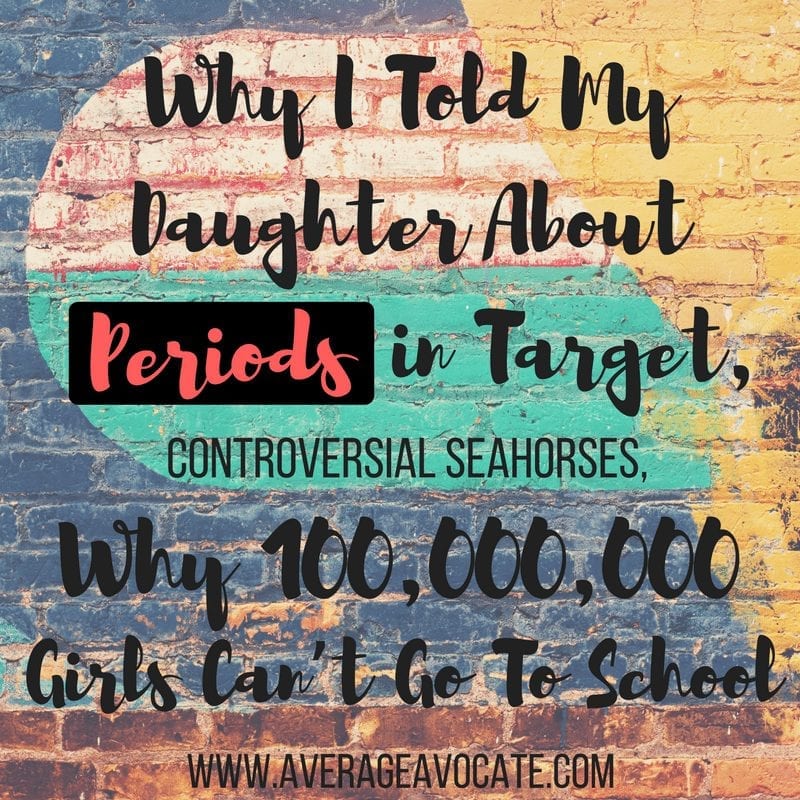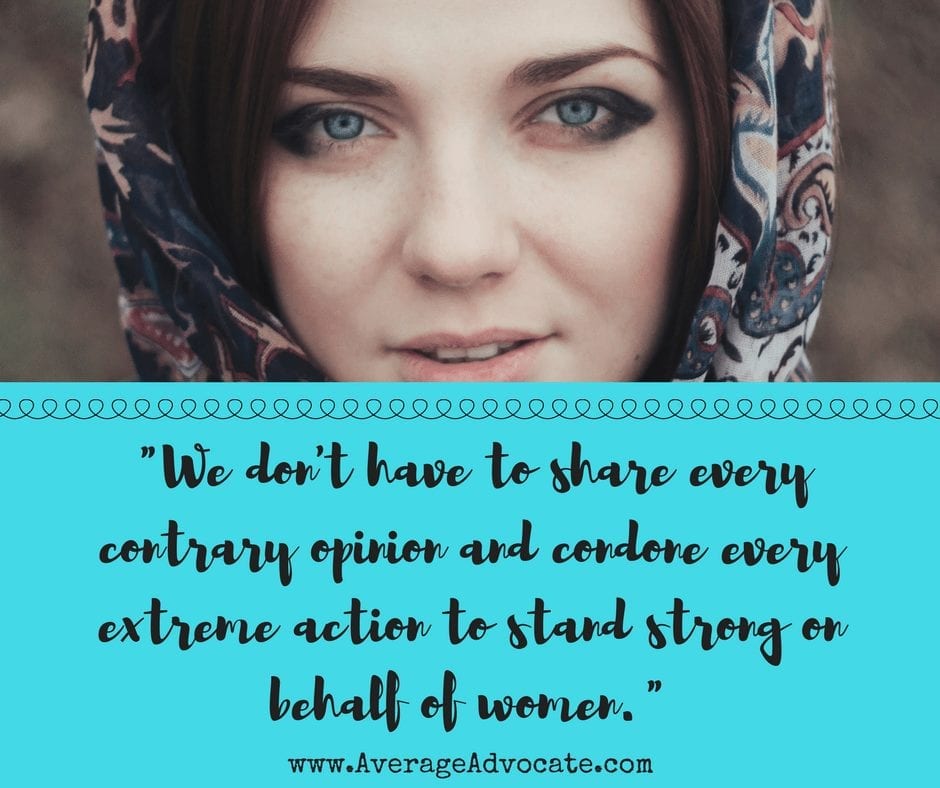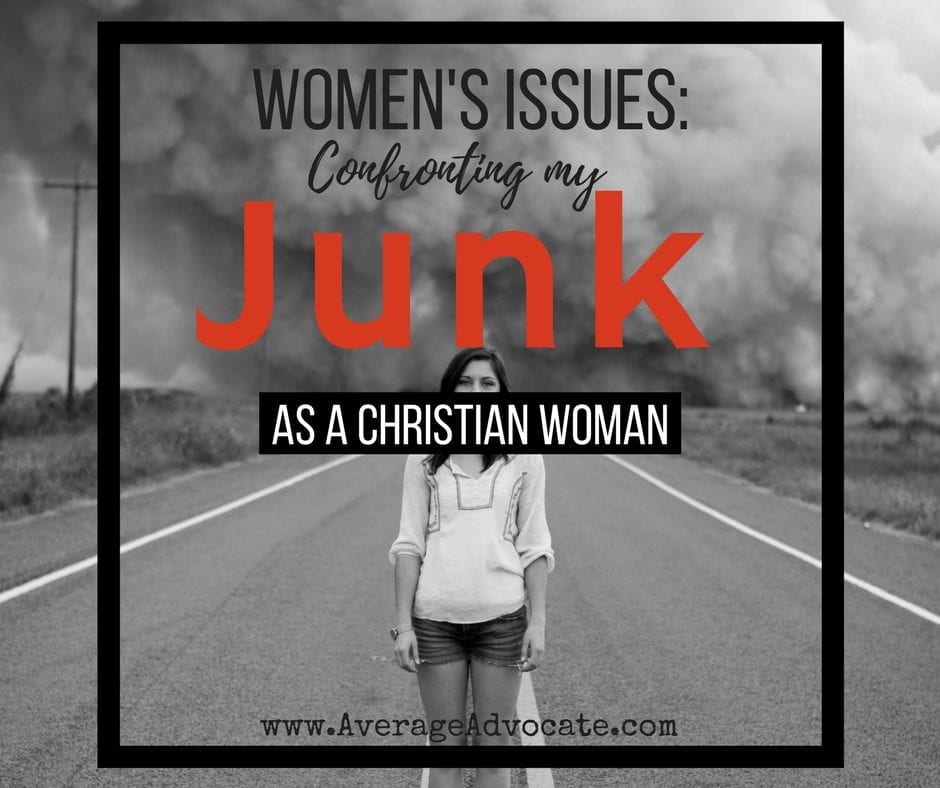Does the term “women’s rights” make you cringe? Or does it make you feel ridiculously excited? Like many, you might be in-between those extremes, cautious and unsure. Although it is possible that I read into body language too much, I am pretty sure sets of raised eyebrows and quick side glances at the mention of women’s social issues are simply less confrontational ways to ask, “why care about women and women’s rights at all?”
Now don’t get me wrong. Most of us actually care about women, especially the ones we know. But we might also believe that the problems that affect women are imagined and therefore not actually worthy of our time and attention.
I understand that. Before I became a new feminist (i.e., adamant that women are just as valuable as men) I used to believe that women’s rights and issues were simply much ado about nothing. Like many, I assumed that conversation was only about ruling over men, man hating, being “butch,” and crudely talking about vaginas, blood and abortions.
How wrong and ignorant I was. In fact, I’ll even go as far to say I was deceived to keep thinking women’s social issues were a thing of the past.
Ignorance isn’t bliss. At least, not for far too many of the 3.8 billion females on this planet who are unseen, disposable and oppressed.![]()
Why Care About Women?
I don’t know if you will, but maybe like I did, you will change your opinion on women’s issues and gender equality. I am simply going to introduce you to a few facts and statistics below. Then you can decide for yourself about whether you should care about women’s issues.
Health
Many women don’t have birth attendants in South East Asia, with dire consequences: 500 of 100,000 women still die in childbirth. For example, in Bangladesh only 19% of women deliver with a skilled birth attendant present (ADB) and in Sub-Saharan Africa, attendants are only at an average of 40% of births (Half the Sky).
135 million women have been undergone female genital mutilation (FGM) and two million girls are at risk of FGM annually (Half the Sky). FGM is used to “control women sexually” or make them pleasing to their husbands. The average age of FGM is ages 7-10 and is often done with rudimentary instruments and without medical care or anesthesia. The degree of circumcision varies by tradition (Long).
The second most common reason for death of girls ages 15-19 is childbirth and complications. Girls between ages 15-19 produce 10% of the babies born annually (Half the Sky).
One thousand women die daily because of pregnancy or childbirth, and in some countries, like Niger, the risk is severe, with one in seven women still dying because of childbirth (Half the Sky).
Globally, 214 million women still can’t get hold of modern contraception. Increasing access to contraception in developing countries could help avert 67 million unintended pregnancies per year and prevent the deaths of 76,000 women from pregnancy-related causes (No Ceilings).
Violence
603 million women live in countries where domestic violence isn’t illegal, in 102 countries domestic abuse isn’t illegal, and in 53 marital rape is also legal (Half the Sky).
30% of women in Vietnam; more than 40% of women in Bangladesh, Samoa, and Timor-Leste; and more than 60% women in Kiribati, Solomon Islands, and Vanuatu report experiencing physical violence from their intimate partners (ADB).
5000-20,000 women are killed annually in illegal honour killings (Half the Sky).
Rape is still regularly used in war as a weapon. For example, during the Bosnian Crisis in the early 90’s, 20,000-50,000 women were raped, and in 1994 during the Rwandan genocide, 250,000-500,000 women were raped (Half the Sky). Currently, with genocides happening in Sudan, and also in the Middle East with ISIS, and other conflicts from the Middle East and around the globe, we can’t begin to put a number to current war-related rape.
One-fifth of the women of the world are raped or will experience attempted rape (Half the Sky).
90% of war victims are civilians, mostly women and children (Half the Sky).
Overall, 1/3 of women are abused, beaten, and/or forced through coercion or violence into sex in their lifetimes (Half the Sky).
Human Trafficking
Of the 21-45 million modern slaves, at least 71% are female (Free the Slaves).
50% of modern slaves are in forced marriages or are sex trafficking victims (Free the Slaves).
Human trafficking generates at least $150 billion in illegal profits per year (LBD.Project).
Women Financially and in the Workplace
Less than 20% of landowners in the world are women (Half the Sky).
1.3 Billion women do not have an account at a financial institution (Half the Sky).
On average, women invest 90% of their revenue in their families while men invest significantly less.
Women don’t have the same access to productive resources as men in agriculture. However, if they did, it is projected that they would increase yields on their farms by 20% to 30%, thereby raising the total agricultural output in developing countries by 2.5 % to 4%. This might not seem significant, but that increase could reduce the number of hungry people in the world by 12% to 17% (FAO).
In Asia, on average women earn 70% to 90% less than men in the same jobs (ADB). Putting that a different way, women earn 10 cents to 30 cents per dollar!
Women earned an average of 50% less than males in equivalent jobs globally (Katja).
The average Italian woman spends 22 hours (or almost 3 full-time workdays) more than her partner on unpaid work per week, while this gap averages 5 hours in the Nordic countries (Katja).
Education For Girls
60 million girls of primary and secondary school age are not in school (GirlUp).
Two-thirds of the 781 million illiterate adults are women (Half the Sky).
One out of every five girls globally doesn’t finish their primary school education (Half the Sky).
Lack of sanitary supplies greatly reduces the ability for girls in developing countries to attend (partially because of practicality, partially because of the taboo). You can learn more about this here: Why I Told My Daughter About Periods in Target, Controversial Seahorses, & Why 100,000,000 Girls Can’t Go To School
42% of school-age girls in the developing world are not enrolled in school (Half the Sky).
The Effect of Poverty on Women
85% of the 2 million people who die annually from inefficient cook stoves are women and children (Half the Sky).
70% of people in poverty are female (Half the Sky).
In one day, women collectively spend 16 million hours collecting water (Half the Sky).
General Global Statistics
60-100 million women are estimated to be ‘missing’ (i.e., not living) because of discriminatory treatment in access to health and nutrition, pure neglect, or abortions due to pre-birth gender selection. (Half the Sky and ADB)
There are still no countries ranked at the ideal 100% in the annual Gender Partiality Score (a set of statistics combined from the categories of health, education, economics and politics) (WEF). Even for those whose worldview doesn’t completely align with what makes up the ideal 100%, this ranking still largely depicts how a society values women.
The median ranked country is currently Bangladesh (WEF). As you continue below, you will see that this isn’t a good thing!
The worst countries for women to live in Yemen, Pakistan, Syria, Saudi Arabia, and Chad–all of which rank in the 50% (WEF). The countries with the lowest scores largely hold to an Islamic worldview.
European countries tend to fall middle to higher in the score, with the Nordic countries ranking highest, American countries in the middle, while both of the continents of Asia and Africa are all over the spectrum (WEF).
In developing countries (excluding China), one in seven girls are married before age 15 (GirlUp).
Now Do You Think Gender Inequality is Real?
Women’s issues, women’s rights and gender equality are infinitely greater than the facade of it I believed it was. Even though there are voices ringing loud and controversial within feminism, most feminists are just advocating for us to live as if women have equal value to men. We don’t have to share every contrary opinion and condone every extreme action to stand strong on behalf of women.
I hope those stories and facts above help you now answer for your raised-eyebrow, eyes glancing away self, “why care about women?” For all I know, like me, you might go from being indifferent to (and even against “women’s rights”) to being a blubbering fool because you are so thankful that as a woman you can own property. (And yes, that happened.)
If you missed Women’s Issues: Confronting My Junk as a Christian Woman this is probably a good time to check it out!
Sources For Why Care About Women:
Asia Development Bank (ADB). September 18 2012. Gender Equality and Discrimination in Asia and the Pacific: 12 Things to Know https://www.adb.org/features/12-things-know-2012-gender-equality
Food and Agricultural Organization of the UN (FAO). 2011. “The State of Food and Agriculture 2010-2011)” Women in Agriculture Closing the Gender Gap For Development. Rome. http://www.fao.org/docrep/013/i2050e/i2050e00.htm
Free the Slaves (2017) Trafficking and Slavery Fact Sheet. https://www.freetheslaves.net/wp-content/uploads/2017/09/FTS-Trafficking-Slavery-Fact-Sheet-Sept-2017.pdf
GapMinder. Stats https://www.gapminder.org
Girl Up. Why Girls? https://girlup.org/impact/why-girls/#sthash.Ch1uudxj.3QA7ZnBg.dpbs
Half the Sky Movement. Fast Facts: Gender-Based Violence, Sex Trafficking, Education, Maternal Mortality
& Economic Empowerment http://b.3cdn.net/halfsky/98e4b2ac55567cdb4b_mlbrs696w.pdf
LBD.Project (2016). 31 Human Trafficking Facts for 31 Days. http://www.TheLbdproject.org
Long, Eli. (2017) Listverse. Ten Facts About Female Genital Mutilation That Will Horrify You. https://listverse.com/2017/02/07/10-facts-about-female-genital-mutilation-that-will-horrify-you/
Iversen, Katja. (2017) World Economic Forum (WEF). “7 Charts that Show Gender Inequality Around the Globe.” https://www.weforum.org/agenda/2017/08/charts-gender-inequality-women-deliver
No Ceilings: The Full Participation Project. http://www.noceilings.org
World Economic Forum (WEF). Global Gender Gap Report. http://projects.two-n.com/world-gender/
If you liked this post on why we should care about women’s rights, you might also like these:
The New Feminism (and Why Women Are Worth Fighting For)
How to Change a Woman’s Life for International Women’s Day










